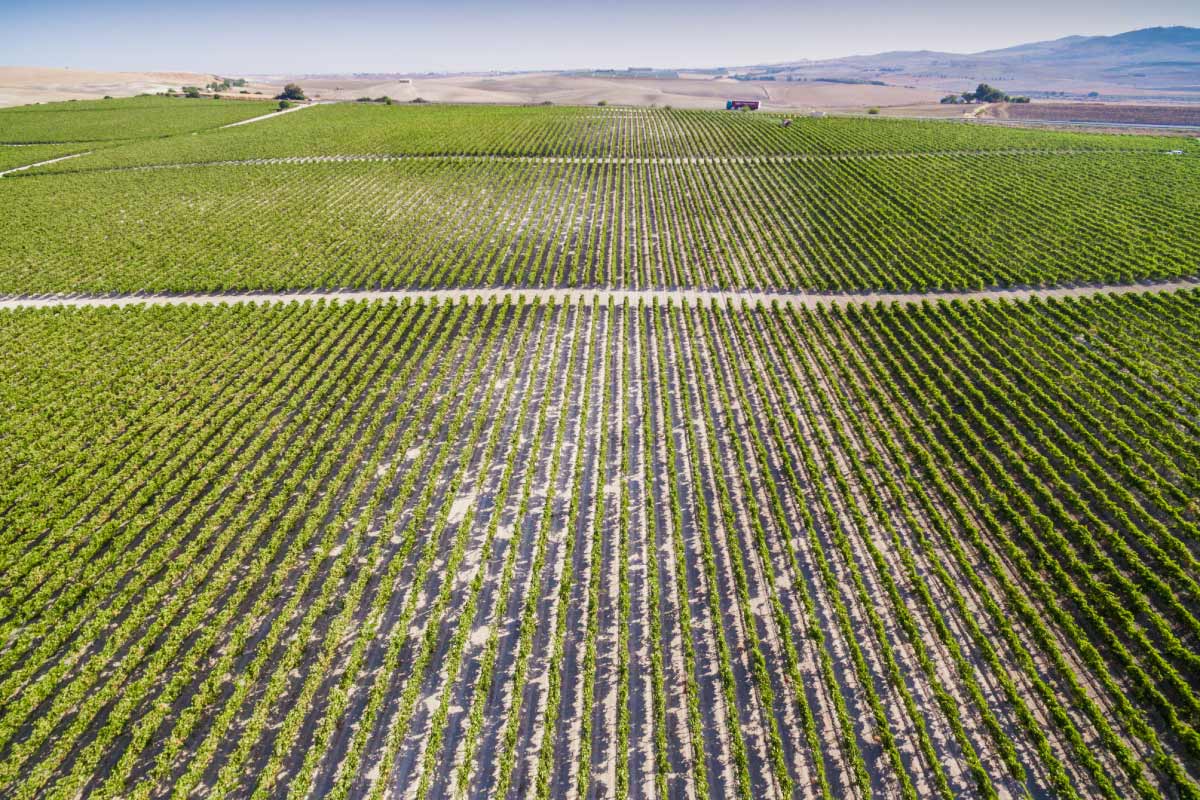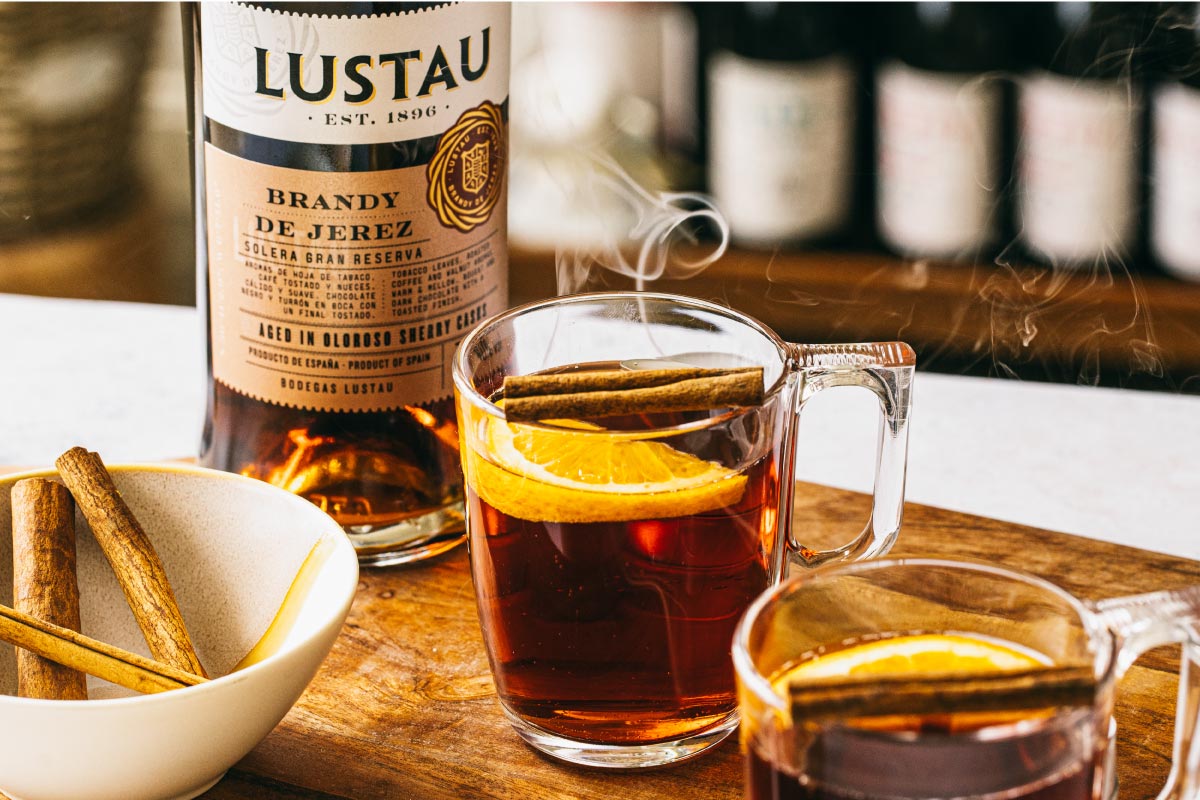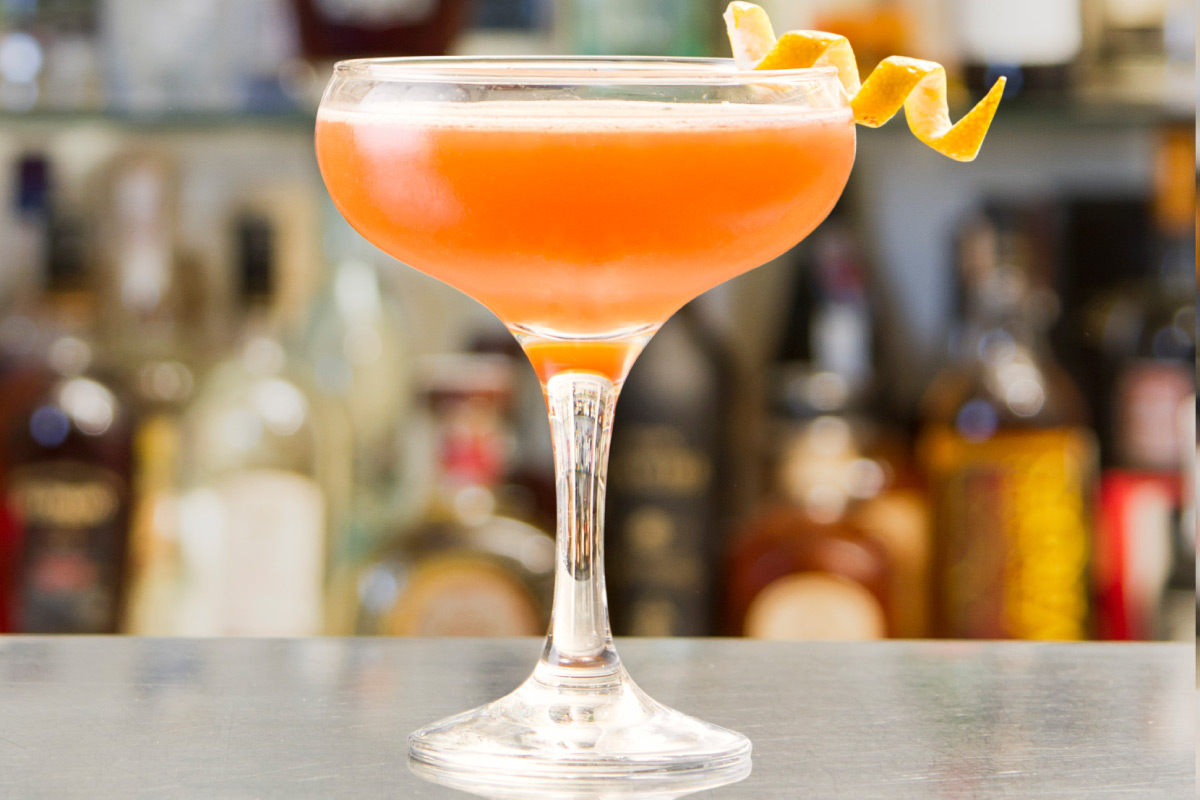The diversity of honey production is greatly impacted by its regionality, determined by the local flora, climate, cultural customs, and consumer desires. This diversity promotes ecological balance, economic sustainability, and cultural heritage in addition to enhancing the gastronomic scene. Honey consumption is on the rise, the demand from consumers for robust and distinctive flavors is driving the growth of the hot honey craze. An abundant curiosity for pairings and cocktail recipes calling for these honeys has reached our sherry world, walk with us inside this article for inspiration.
The term “cultural regionality” describes the unique cultural traits, customs, behaviors, and identities that characterize a particular geographic location. This idea includes things like regionally specific language, artwork, music, food, festivals, and social mores. Cultural regionality, which is shaped by historical, environmental, social, and economic variables, is essential to maintaining and advancing cultural diversity and legacy.
Particular importance is given to regionality in food products and cooking techniques. An area’s history and culture are profoundly ingrained in its regional ingredients and cooking methods. The authenticity of the cuisine and the preservation of culinary identity are enhanced by the use of regional ingredients in traditional recipes that have been farmed and honed over many generations. Global food diversity can be attributed to the distinctive ingredients and cooking techniques found in each region.
Like wine, many regional dishes are influenced by the concept of terroir, which is the idea that the soil, climate, and geography of a place affect an ingredient’s flavor. By encouraging the use of locally sourced foods, regionality lowers the carbon footprint of long-distance food transportation and supports local ecosystems through the promotion of seasonal eating. Purchasing and utilizing local products helps sustain agricultural diversity and safeguards regional food sectors by promoting local farmers, producers, and economies.

THE VALUE OF REGIONALITY IN THE PRODUCTION AND USE OF HONEY
Worker bees gather nectar from their surroundings, store it in their honey stomachs, and then feed it to home bees to produce honey. House bees employ their enzymes to break down complex sugars into simpler ones when they continually regurgitate and re-ingest the nectar. The nectar is turned into honey when they fan it to evaporate the water, which lowers the content from 70–80% to less than 20%. After processing, the honey is poured into honeycomb cells and fanned some more to get the viscosity just right before beeswax sealing is applied. After that, beekeepers take off the frames of the honeycomb, open the wax seals, and collect the honey using a centrifugal extractor. The honey is then bottled and filtered, if necessary, for human use.
The diversity of honey production is greatly impacted by regionality, which is determined by the local flora, climate, cultural customs, and consumer desires. This diversity promotes ecological balance, economic sustainability, and cultural heritage in addition to enhancing the gastronomic scene. The distinct flower combinations found in various places influence the honey’s flavor, color, and texture. For instance, mesquite honey from the Southwest is stronger, and orange blossom honey from Florida has a lemony taste. Each region has a different floral bloom schedule, which affects the types and availability of nectar. Different plant species and floral sources that bees can access are determined by topographical features, soil composition, and regional climates. This results in unique forms of honey. Specialty honeys, such as the Southeast’s Tupelo honey or the Pacific Northwest’s Fireweed honey, are produced in certain areas and can fetch high prices. Methods and varieties of honey production are also influenced by regional beekeeping customs and practices. Beekeepers check bee health to prevent pests and diseases, and they may transfer hives for crop pollination, resulting in honey representing different floral sources.
Consuming regional unfiltered honey, also known as raw honey, offers several benefits over its filtered counterpart (*), making it a popular choice among honey enthusiasts. Retaining natural pollen and bee propolis, unfiltered honey is rich in vitamins, minerals, antioxidants, and antimicrobial properties, providing a holistic nutritional profile that supports immune health and digestion. It can potentially alleviate seasonal allergies by exposing the body to local pollen, helping build tolerance over time. A study published in the Annals of Allergy, Asthma & Immunology (2011) found that patients who consumed locally produced honey showed a slight improvement in allergy symptoms compared to those who consumed regular honey or a placebo. Unfiltered honey also offers a richer taste and aroma due to its natural elements like beeswax and propolis, enhancing the sensory experience. Additionally, it contains natural enzymes aiding in digestion and metabolic processes, essential vitamins and minerals, and potent antibacterial properties due to the enzymatic production of hydrogen peroxide. Manuka honey, in particular, has high levels of methylglyoxal, enhancing its antimicrobial effects. As a natural source of carbohydrates, raw honey provides a quick energy boost, making it ideal for athletes.

(*If you missed our article last month about the tasting of four consecutive Sacas of unfiltered En Rama sherries, you can find it here.)
LATEST DATA ON HONEY PRODUCTION IN THE U.S.
Honey production in the United States is a significant agricultural activity that reflects the diverse regional landscapes and floral sources across the country. According to the most recent reports, honey production in the United States has seen notable changes and trends. Here are the key highlights from the 2024 National Honey Report (USDA Library) and the National Honey Board (Honey):
1. Total Honey Production: In 2023, the United States produced 139 million pounds of honey, an 11% increase over the year before. This growth suggests that output levels are rebounding despite the industry’s difficulties.
2. Number of Colonies: In 2023, there were 2.51 million colonies that produced honey, a 6% decline from 2022. Despite the rise in overall honey production, this drop points to persistent problems with colony health and sustainability.
3. Yield per Colony: In 2023, the average yield per colony increased by 17% to an average of 55.2 pounds. This represents a considerable improvement over the previous year. This rise in output per colony is indicative of increased productivity and potentially better beekeeper management techniques.
4. Economic Impact: The importance of honey production to the American agricultural economy cannot be overstated. These economic factors, such as average pricing and their effect on local markets, are monitored by the National Honey Board. Production and yield per colony increases point to a promising future for honey producers.
5. Regional Variations: Due to variations in temperature, flora, and beekeeping techniques, honey output varies greatly between regions. State-by-state, comprehensive data from the National Honey Report illustrate how various regions contribute to total production and how output is impacted by regional variables.
6. Market Trends: Consumer preference for natural and regional products is fuelling the honey market’s continued growth. The United States continues to be one of the biggest honey consumers, and the trend of utilizing honey in a variety of culinary applications is expanding, which is supporting the market’s consistent expansion.
FUN POINTS ABOUT HONEY
1. Honey is 80% sugars and 20% water.
2. To make one pound of honey, the bees in the colony must visit 2 million flowers, fly over 55,000 miles and will be the lifetime work of approximately 768 bees.
3.A single honeybee will only produce approximately 1/12 teaspoon of honey in her lifetime.
4.A single honeybee will visit 50-100 flowers on a single trip out of the hive.
HOT HONEY, THE NEWEST TREND
The demand from consumers for flavors that are robust and distinctive is driving the growth of the hot honey craze in the United States. It is a popular option for many different types of recipes, ranging from savory to sweet, due to its adaptability and enticing sweet and spicy character. Both professional chefs and family cooks love it for its versatility as a glaze for meats, addition to marinades, and topping for sweets. According to market data, consumer interest in hot honey has increased by over 53% over the past year, with menu references rising by 9.6% and its usage in entrees alone rising by 15%. Heinz has produced products like Hot Chili and Black Truffle infused honeys, and major brands and restaurants like Pizza Hut, Chick-fil-A, and Arby’s have added hot honey menu items. Many brands, such as Nature Nate’s Hot Honey and Mike’s Hot Honey, provide a range of goods to suit varying tastes and levels of spiciness. Additionally, hot honey is a reflection of local culinary traditions, especially in the United States’ South and Southwest, where a great love of spicy and sweet foods is prevalent.

HONEY AND SHERRY
The multi-layered qualities of artisanal honeys can be wonderfully paired with the complexity of flavors in sherry wines. Whether as an ingredient in a food pairing or as a luxurious sweetener in sherry cocktails, regional honey is a fabulous element to combine with the endless diversity of sherry styles.
Food Pairings
1. Cheese and Charcuterie Boards:
– Honey and Blue Cheese with Sherry: The sweetness of honey complements the sharpness of blue cheese, and when paired with a rich Pedro Ximénez sherry, it creates a harmonious blend of sweet, salty, and umami flavors.
– Honey-Glazed Nuts and Manchego with Amontillado: The nutty flavors of Amontillado sherry pair beautifully with honey-glazed nuts and Manchego cheese, enhancing the tasting experience with layers of sweetness and savory notes.
2. Main Courses:
– Honey-Sherry Glazed Chicken: A glaze made from honey and a dry sherry like Fino adds a delightful sweetness and complexity to roasted chicken, balancing the savory elements with a touch of sweetness.
– Pork Tenderloin with Honey-Sherry Sauce: Combining honey and Cream sherry in a sauce for pork tenderloin creates a rich, flavorful dish with a perfect balance of sweet and savory.
3. Desserts:
– Sherry and Honey Cake: A cake infused with the flavors of honey and sherry, particularly a bolder sherry like Oloroso, offers a moist, rich dessert with a deep, caramelized sweetness and nutty notes.
– Honey Drizzled Figs with Cream and Sherry: Fresh figs drizzled with honey, served with cream, and paired with a glass of sweet sherry make for an elegant and delicious dessert.
Cocktails
1. Honey Sherry Cocktail:
– Mixing honey syrup with a dry sherry like Fino or Amontillado and a splash of citrus creates a refreshing cocktail with a balanced sweet-tart flavor profile.
2. Honey Sherry Sour:
– A variation of the classic whiskey sour, using sherry and honey syrup instead of whiskey and simple syrup, offers a sophisticated and smooth cocktail experience.
3. Honey Sherry Old Fashioned:
– This twist on the Old Fashioned replaces or complements whiskey with a rich Oloroso or Amontillado sherry, using honey syrup as the sweetener and garnishing with an orange twist.
4. Mulled Wine with Honey and Brandy de Jerez:
– Combining hot water, honey, brandy, and lemon creates a warm, soothing drink perfect for cold evenings or soothing a sore throat.

Give this Brown Derby recipe with Palo Cortado Peninsula a try, you will be pleasantly surprised.
1.5oz Lustau Palo Cortado Peninsula
1oz Pink Grapefruit Juice
.5oz Honey Syrup
Garnish: Grapefruit twist
Shake and strain in a chilled coupe glass

It’s simple, tasty and perfect for this time of year.







